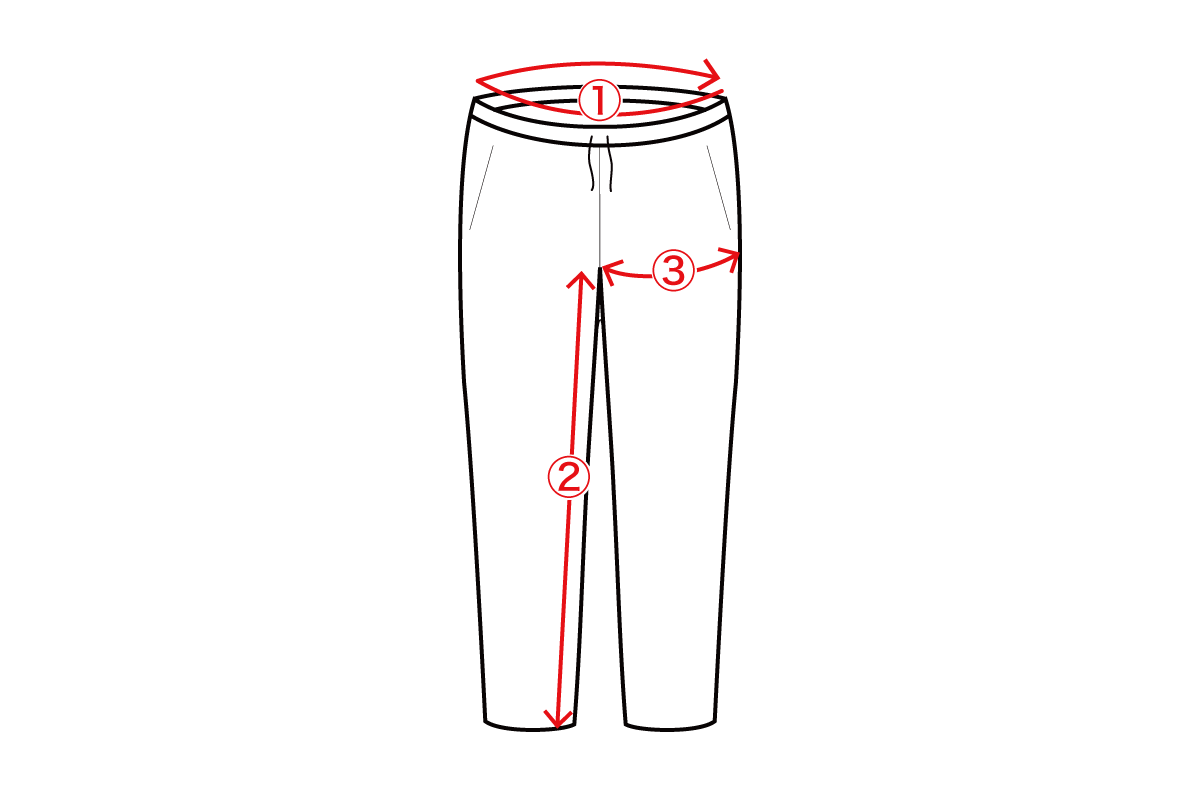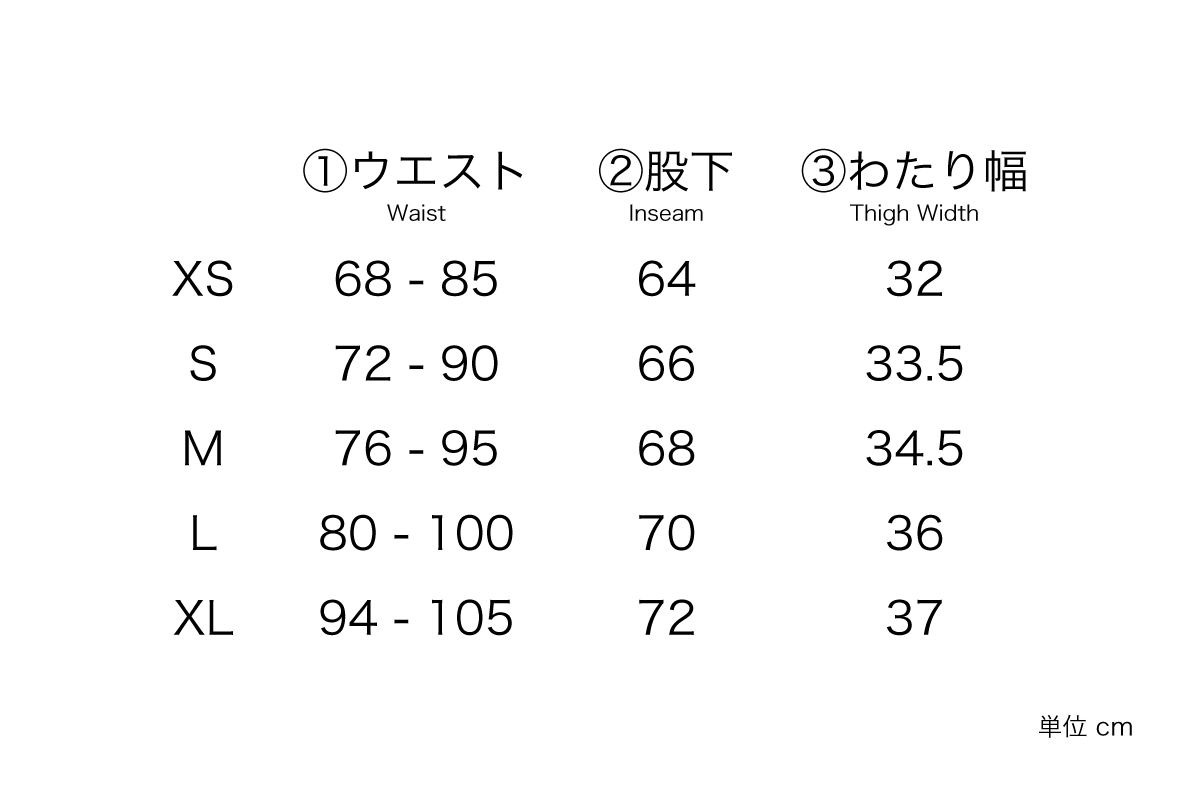Wind shell made from 100% recycled nylon with low CO2 emissions
The fabric is made of 100% recycled nylon. It uses shrink-shrunk yarn that gives it stretch without adding polyurethane, and the fabric does not sag due to water retention, resulting in a crisp and refreshing finish. The back side is also uneven, so it feels good against the skin.
Both yarn and fabric continue to be manufactured domestically.
The process of spinning nylon yarn from pre-consumer nylon cotton waste is the same, so we believe that we have been able to significantly reduce CO2 emissions.
*Pre-consumer recycled nylon: This is nylon yarn and fabric made by recycling "nylon cotton waste generated during the manufacture of nylon yarn," which was previously incinerated.
Product size
PRODUCT SIZE


- Measurements are taken flat (unit: cm)
- The size indicated is a guide only, and there may be slight discrepancies between the size of the product you receive and the indicated size.
Environmental friendliness
SUSTAINABILITY
The importance of using recycled materials
In the "life cycle of clothing," from the production of yarn for clothing to disposal after wearing, the process that produces the most CO2 emissions is the raw material manufacturing process. Approximately 50%. In other words, reducing the CO2 emissions in raw material manufacturing will greatly reduce the environmental impact of one piece of clothing. In the case of pre-consumer recycled nylon, there are examples where CO2 emissions are reduced by 75%, so we believe that it is important to use recycled materials as much as possible and choose and wear such clothes.
Product Features
PRODUCT FEATURE
Product Specifications
PRODUCT SPEC
- Country of Manufacture: Vietnam
Care instructions and precautions
PRODUCT CARE
[About stock]
Since we share inventory between our stores and our online store, it may happen that an item is out of stock after you place your order. In that case, we will contact you as soon as possible. Thank you for your understanding.







